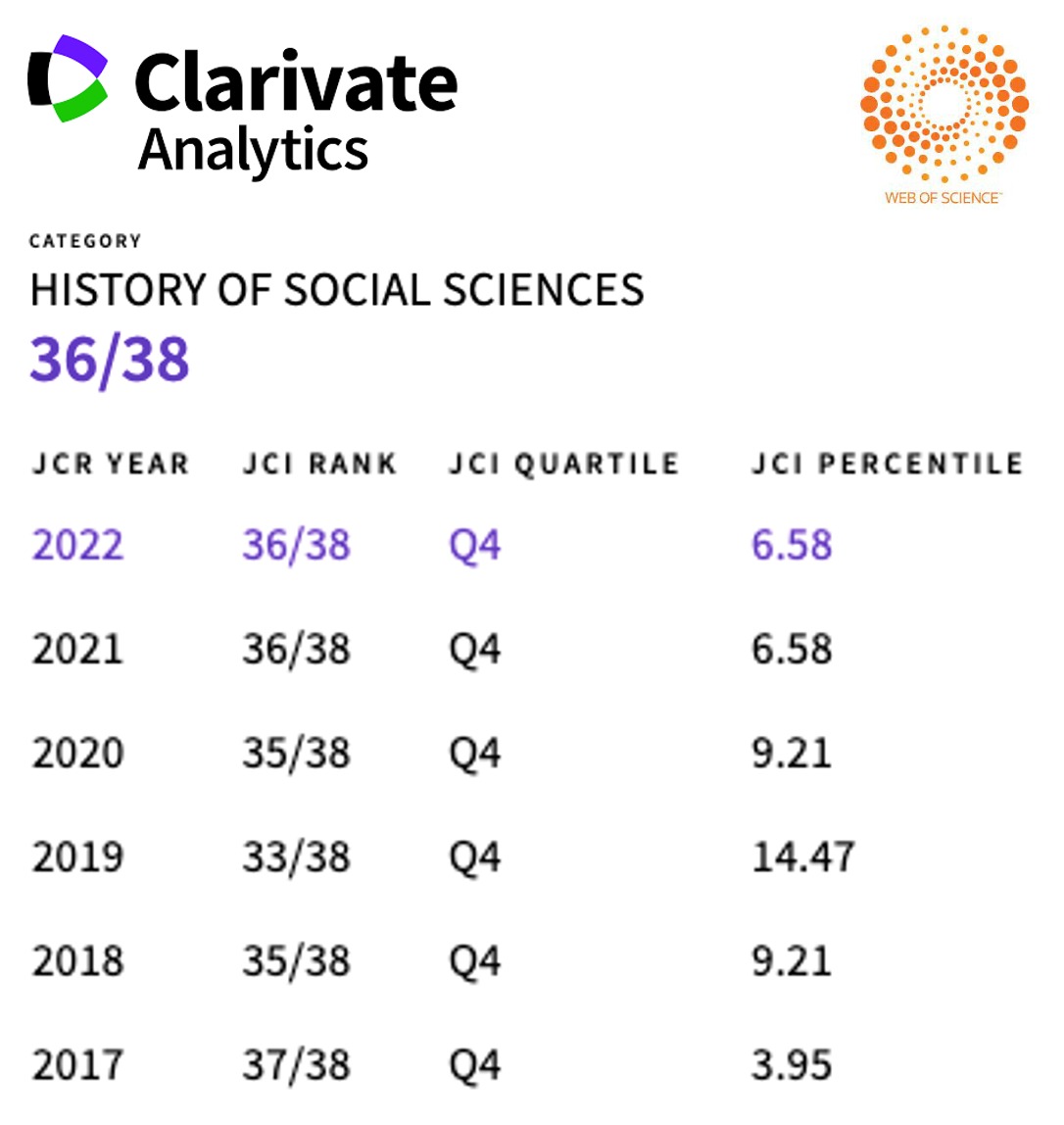Latin American Identity in Textbooks. 1946-1955
Keywords:
Downloads
Abstract
The stigma of Latin American identity has for centuries; therefore, interesting to note the treatment of this identity in Argentina between 1946 and 1955. The analysis was performed on official circulation literature for primary and secondary education. It is a work that is generated from two historically central themes for the life of people (and who writes in particular) from the practical to the study: 1. subalternization of individuals and groups, 2. The social exclusion. The problem itself has to do with school literature and the treatment given in the language to everything related to America / Latin America from an idea to build argentinidad and Americanism, from Eurocentric positivism. Concepción from which, for example, the idea of Latin American identity is Indian and wild. It also aims on the one hand account of cultural inheritance from the "Generation of '80" and the Eurocentric cut and segregating the scholarly literature of the time; and secondly, how it is perceived and encouraged the idea of Latin America as a historical, cultural, political and economic bloc insoluble in the period analysed.
Downloads
Downloads
Published
Almetric
Dimensions
How to Cite
Issue
Section
License
All articles are published under Creative Commons copyright (CC BY). Authors hold the copyright and retain publishing rights without restrictions, but authors allow anyone to download, reuse, reprint, modify, distribute, and/or copy articles as the original source is cited.
.

















